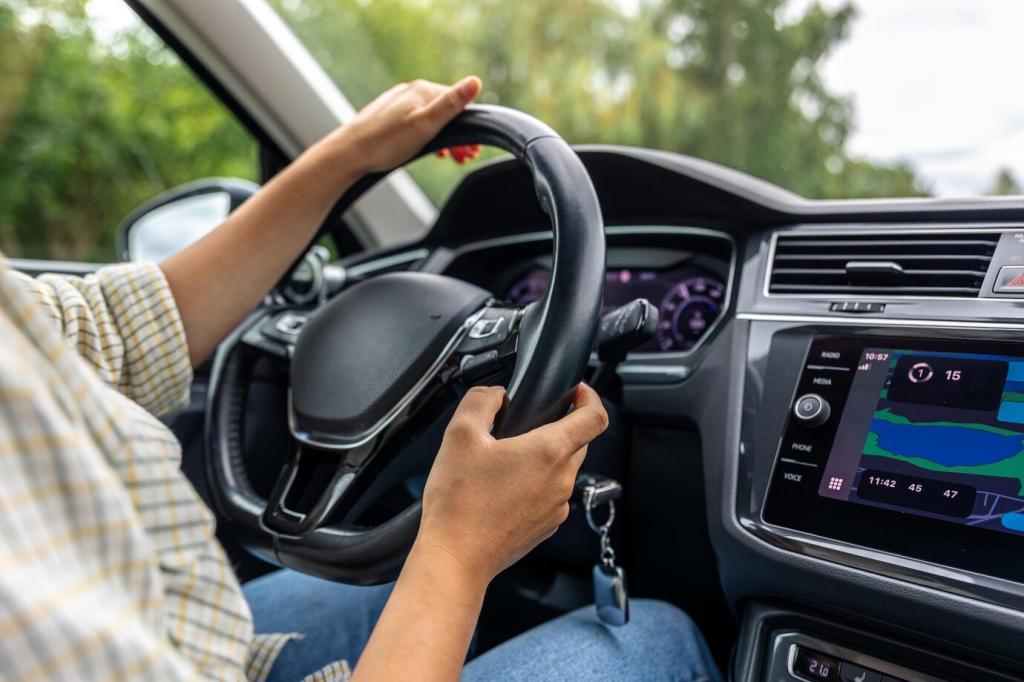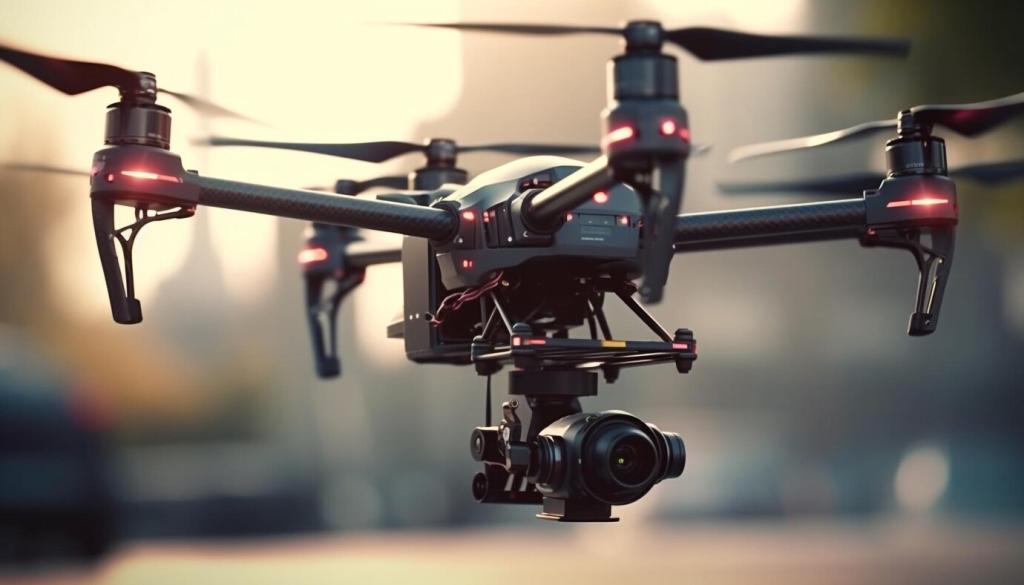Smart Maintenance Solutions with IoT in Vehicles
Smart maintenance solutions powered by the Internet of Things (IoT) are transforming the way vehicles are maintained, monitored, and managed. By leveraging interconnected sensors and advanced data analytics, IoT enables real-time insights into vehicle health, performance, and potential maintenance needs. This technological innovation is not only reducing costs and downtime but also enhancing safety, reliability, and the overall driving experience. Whether for individual drivers, fleet managers, or automotive manufacturers, IoT-based smart maintenance solutions are setting a new standard in proactive and predictive vehicle care.

The Evolution of Vehicle Maintenance
01
From Preventive to Predictive Maintenance
Historically, vehicle maintenance followed a preventive model where routine checks and component swaps were scheduled based on mileage or time. This approach, while reducing risks, was often wasteful and not tailored to actual usage or wear. Predictive maintenance leverages real-time sensor data to assess the actual condition of each vehicle part. By identifying trends, anomalies, and potential failures before they occur, maintenance becomes dynamic and needs-driven. IoT-based predictive maintenance leads to fewer breakdowns, lower expenses, and increased vehicle uptime, fundamentally improving the economics and reliability of vehicle ownership and operations.
02
Integration of Advanced Sensors
The backbone of smart maintenance solutions is the vast network of IoT-enabled sensors embedded in modern vehicles. These sophisticated sensors monitor engine performance, fluid levels, brake wear, tire pressure, and much more. Constantly transmitting data to a central system, they enable immediate detection of irregularities. With this instant feedback, drivers and fleet managers can take timely corrective actions. Over time, the aggregation of sensor data improves diagnostic accuracy, enabling manufacturers to refine their vehicles’ design and maintenance protocols and offering a tailored maintenance approach for every vehicle.
03
Cloud Connectivity and Data Analytics
The immense data generated by IoT sensors is only useful when it can be stored, processed, and analyzed effectively. Cloud platforms enable seamless data aggregation from thousands of vehicles, making large-scale fleet monitoring possible. Advanced analytics and machine learning algorithms process this data in real time, providing actionable insights into potential failures, service needs, and even suggestions for optimizing driving behavior. The synergy between cloud computing and IoT transforms raw sensor readings into effective maintenance strategies, empowering users with predictive alerts and minimizing unplanned downtime.
With IoT-enabled maintenance, potential mechanical problems can be identified and addressed before they develop into critical failures. Sensors can notify drivers of issues like overheating, brake wear, or tire pressure loss, allowing for corrective action in real time. Such preemptive notifications reduce the likelihood of accidents caused by avoidable mechanical breakdowns. For fleets, this translates into more reliable service and higher customer satisfaction, while individual owners gain peace of mind knowing their vehicle health is constantly supervised by an intelligent system.
Benefits of IoT-Driven Smart Maintenance
Transforming Fleet Management with IoT
Real-Time Fleet Visibility
IoT technology gives fleet managers an unprecedented window into the status and location of each vehicle under their control. Dashboards consolidate real-time data on vehicle health, location, and driver behavior, empowering immediate responses to issues as they arise. Such transparency means that maintenance needs can be prioritized based on urgency and impact, ensuring critical vehicles stay operational. This granular level of oversight facilitates better planning, route coordination, and resource allocation, raising both the performance and reliability of the entire fleet.
Automated Maintenance Scheduling
Traditional fleet maintenance often struggled with manual record-keeping and fragmented service schedules, leading to inefficiencies and increased risk of overlooked issues. IoT-powered platforms automate scheduling by constantly assessing each vehicle’s condition and usage patterns. Maintenance alerts are generated only when truly needed, reducing unnecessary service appointments and optimizing resource utilization. This automation not only saves administrative labor but ensures fleets are maintained precisely when required, decreasing both expenses and operational disruptions.
Compliance and Reporting
For fleet operators, meeting industry regulations and documentation requirements is crucial. IoT solutions streamline the compliance process by automatically recording maintenance activities, operational data, and incident reports. These digital records support audits and regulatory reviews, simplifying reporting and minimizing the risk of non-compliance penalties. The collected data can also provide insights into recurring issues or inefficiencies, enabling continuous improvement across the fleet. Ultimately, IoT-enhanced compliance not only meets legal obligations but improves the operational reputation and trust of fleet services.

